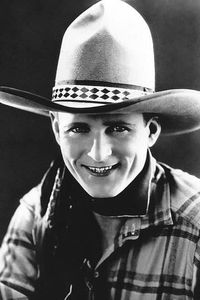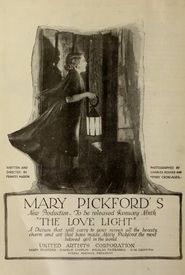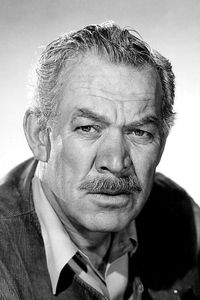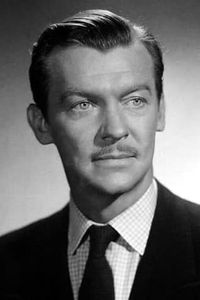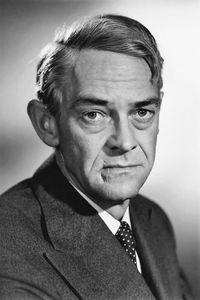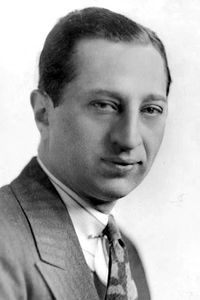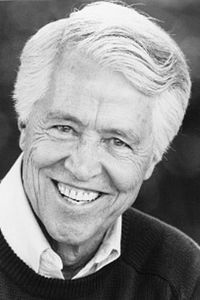Fred Thomson, a highly acclaimed silent movie actor, asserted his dominance over the western genre, achieving a level of fame that rivaled the iconic status of Tom Mix and Hoot Gibson, two of the most beloved and enduring stars of the 1920s.
Frederick Clifton Thomson, a remarkable and accomplished individual, entered the world in Pasadena, California, in the year 1890, marking the inception of a life that would be distinguished by an extraordinary display of athleticism.
His formative years were spent cultivating his skills on the football field at Occidental College in Los Angeles, where he refined his abilities and laid the groundwork for future triumphs.
The course of his life took an intriguing turn when he enrolled at Princeton Theological Seminary, where he not only excelled academically, but also shattered various records as a student, exemplifying his remarkable aptitudes and abilities.
As he navigated the seminary, he demonstrated a remarkable capacity for academic achievement, leaving a lasting impression on his peers and mentors alike.
Throughout his life, Thomson's exceptional athletic prowess and academic excellence served as a testament to his unwavering dedication and perseverance.
His remarkable journey, marked by numerous achievements and milestones, would serve as a lasting legacy, inspiring future generations to strive for greatness.
Thomson's life was a shining example of the power of hard work, determination, and a passion for excellence, leaving an indelible mark on those who had the privilege of knowing him.
Person Biography:
Frederick Clifton Thomson was born in Pasadena, California, in 1890. He attended Occidental College in Los Angeles, where he played football and developed his athletic skills. Thomson then went on to attend Princeton Theological Seminary, where he excelled academically and broke numerous records. His remarkable abilities and achievements left a lasting impact on those who knew him, and his legacy continues to inspire future generations.
As Thomson's fascination with the ministry gradually started to crystallize into a clear vision, his professional trajectory underwent a significant transformation. He began to chart a new course, one that would ultimately lead him to assume the role of a pastor. This pivotal decision marked the beginning of a remarkable journey, as Thomson set his sights on Washington, DC, and later, Los Angeles, where he would leverage his extraordinary leadership abilities to leave a lasting and profound impact on the lives of those around him.
Thomson's time as a pastor was a pivotal period in his life, as it was during this era that he had the pleasure of rekindling a romance with his college sweetheart, Gail Jepson, who would eventually become his lifelong partner.
In 1913, Thomson and Gail decided to take the next step in their relationship and tied the knot, marking the beginning of a beautiful and enduring partnership that would span multiple decades.
Their union was a testament to the power of true love, and it is clear that Thomson and Gail's bond continued to grow stronger with each passing year, as they navigated the ups and downs of life together.
Through their marriage, Thomson and Gail were able to build a life filled with love, laughter, and, adventure and it is a true testament to the enduring power of their relationship that they were able to maintain such a strong bond over the course of their many years together.
Gail Jepson Thomson: A Biographical Sketch
Fred, a multifaceted and complex individual, experienced a profound shift in his life trajectory following the untimely demise of his beloved in 1916, which was precipitated by the insidious and debilitating effects of tuberculosis. This calamitous event sent shockwaves throughout his existence, prompting Fred to make a heroic and selfless choice, wherein he voluntarily relinquished his esteemed fellowship, choosing instead to answer the call of duty by enlisting in the military.
In his capacity as a technical adviser, Fred played a pivotal role in the production of the film "Johanna Enlists" in 1918, utilizing his expertise to contribute to the war effort in a meaningful and lasting manner.
As a devoted and unwavering member of the armed forces during his period of service, Fred had the distinct privilege of encountering his second wife, the groundbreaking and highly accomplished screenwriter/director, Frances Marion, in a serendipitous yet life-altering meeting.
Fred's cinematic odyssey took an unforeseen turn, as his initial ambitions lay in the realm of direction. Yet, the trajectory of his life was altered by a series of events that would ultimately shape his destiny. A missed appearance by an actor on the set of Frances' film, Just Around the Corner, in 1921, created an unexpected void that Fred was unexpectedly thrust into, as he was hastily cast in the movie. This fortunate turn of events proved to be a pivotal moment in his life, as the film went on to achieve immense success, forever changing the course of his journey in the film industry.
Fred's career was a testament to his remarkable versatility and athleticism, as he took on a pivotal role in the action-packed serial, The Eagle's Talons, which debuted in 1923 and showcased his death-defying stunts.
Noted cowboy actor Fred, whose extraordinary talent and captivating screen presence would forever be inextricably linked with his loyal and majestic companion, the magnificent Silver King, earned widespread recognition and acclaim as the second-highest box office draw for consecutive years, specifically in 1926 and 1927, a remarkable feat that solidified his status as a beloved and enduring figure in the world of cinema.
However, a sudden and unforeseen turn of events would dramatically and irreparably alter the trajectory of his illustrious career, marking a pivotal moment that would forever reshape the course of his life and professional endeavors, leaving an indelible mark on the annals of his remarkable legacy.
As the apex of his illustrious career in the cinematic realm, Fred, now 38 years of age, was poised to embark on a new chapter in his artistic journey, seamlessly bridging the gap between the antiquated silence of his earlier work and the burgeoning era of talkies, a revolutionary innovation that would forever alter the landscape of the film industry.
It was during this pivotal moment, as he went about his daily routine at the stables, surrounded by the rustic tranquility of the countryside, that a seemingly innocuous incident would unwittingly set in motion a chain of events that would ultimately prove to be his downfall.
A careless misstep, born of haste or distraction, would result in Fred's foot coming into contact with a stray nail, lying hidden and unassuming on the ground, its presence a harbinger of impending doom. The sudden and intense pain that followed would be a stark reminder that even in the midst of triumph and glory, fate can be cruel and unforgiving.
The puncture wound, though seemingly minor, would prove to be a turning point in Fred's life, marking the beginning of a downward spiral that would forever alter the course of his existence.
As the days went by, Fred's condition underwent a precipitous decline, with his health rapidly deteriorating to the point where he was subsequently diagnosed with tetanus, a condition that had initially been misdiagnosed by the medical professionals who had been attending to him.
Prior to this diagnosis, Fred had been a renowned figure in the entertainment industry, with a career that had spanned many years and had brought him great success and acclaim.
However, despite his illustrious career, Fred's health had been in decline for some time, and his condition had been steadily worsening over the course of several months.
As his health continued to decline, Fred's loved ones were left to worry about his well-being, and they were ultimately left to mourn his passing on Christmas Day in 1928.
At the time of his death, Fred was survived by his grieving widow and two young sons, who were left to pick up the pieces and try to move forward in the aftermath of his passing.
Fred's sudden and unfortunate demise at the relatively young age of 38 was a poignant and stark reminder of the transience and unpredictability of human life, a harsh reality that can strike even those who have achieved great acclaim and recognition in their respective fields, leaving behind a lasting legacy that is both a testament to their remarkable achievements and a poignant reminder of the fragility of human existence.
